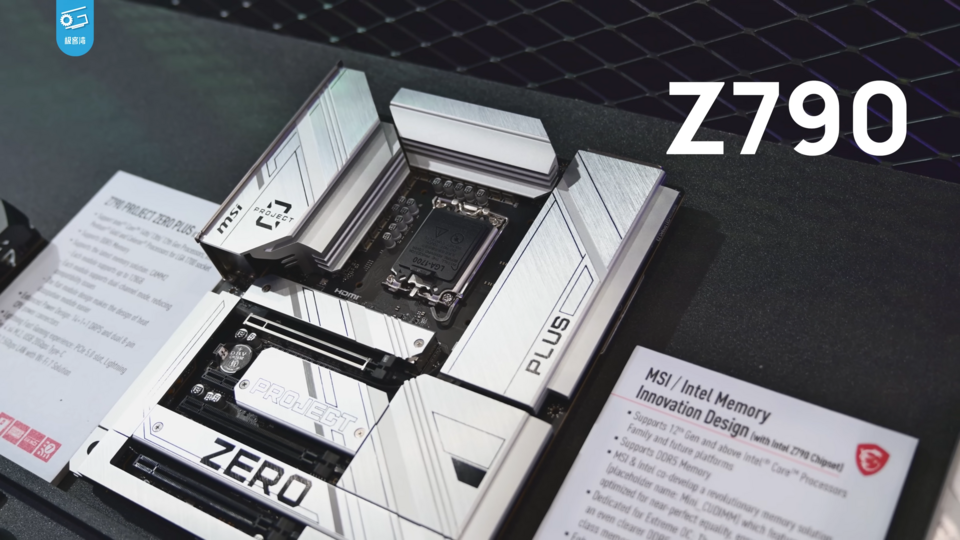MSI's Project Zero: Revolutionizing PC Cable Management Solutions

MSI, a leading manufacturer in computer hardware, has unveiled its innovative Project Zero (PZ) line, which focuses on enhancing cable management in personal computers. This initiative aims to streamline the appearance of PC builds by relocating connectors to the back of the motherboard, thereby addressing a common frustration for PC builders. The PZ motherboards and cases, designed for enthusiasts, prioritize aesthetics and functionality, providing a cleaner and more efficient layout for components.
Launched in July 2025, Project Zero’s design philosophy is rooted in the need for improved cable management, which often plagues PC builders. According to MSI's product development team, the initiative was inspired by the growing demand for visually appealing setups among gamers and content creators. "The goal of Project Zero is to create a seamless integration of components, minimizing the visual clutter that traditional setups present," stated Mark Chen, Senior Product Manager at MSI.
The Project Zero line includes six motherboards compatible with both Intel and AMD processors, as well as five chassis options available in both white and black. These products feature a distinctive back-connect design that conceals major connectors, including the 20+4-pin power connector and various cooling headers, which traditionally occupy prime real estate on the motherboard. This strategic placement not only enhances aesthetics but also promotes better airflow within the case, which can lead to improved cooling performance.
In addition to MSI, competitors such as Gigabyte and Asus have introduced similar solutions aimed at enhancing cable management. Gigabyte's Project Stealth encompasses a broader ecosystem, including motherboards and graphics cards, while Asus's Back to the Future (BTF) lineup also integrates cable management features across various components. However, MSI’s approach stands out for its focus on the motherboard and case synergy, a critical aspect for PC builders seeking a cohesive look.
Experts in the field have weighed in on the impact of MSI's Project Zero. Dr. Emily Roberts, a computer hardware engineer and Professor at Stanford University, noted, "Project Zero could set a new standard in PC design by addressing both functionality and aesthetics, which are increasingly important factors for consumers today." Similarly, James Smith, CEO of a competing motherboard company, acknowledged the innovation, stating, "While competition is fierce, MSI's focus on cable management might resonate well with enthusiasts looking for cleaner builds."
The implications of Project Zero extend beyond mere aesthetics. Improved cable management can facilitate easier cleaning and maintenance, a significant advantage for users who frequently upgrade their systems or perform maintenance. Additionally, the reduction of visible cables could appeal to those who utilize their PCs in visible spaces, such as gaming setups or home offices.
Looking ahead, MSI's Project Zero may influence industry trends, potentially prompting other manufacturers to adopt similar designs. The successful implementation of this line may lead to a wider acceptance of back-connect designs across various hardware components, thus reshaping the landscape of PC building. As the demand for visually appealing and functional PC builds continues to rise, MSI's innovative approach could very well inspire future developments in the field.
In conclusion, MSI's Project Zero is not just a product line; it represents a shift in how PC builders perceive and tackle cable management. As more consumers prioritize aesthetics alongside performance, the technology behind Project Zero may redefine the standards of PC hardware design in the years to come.
Advertisement
Tags
Advertisement





